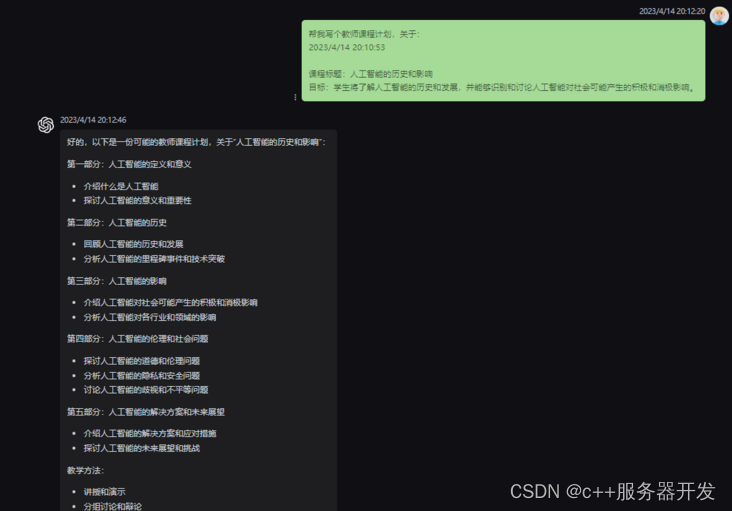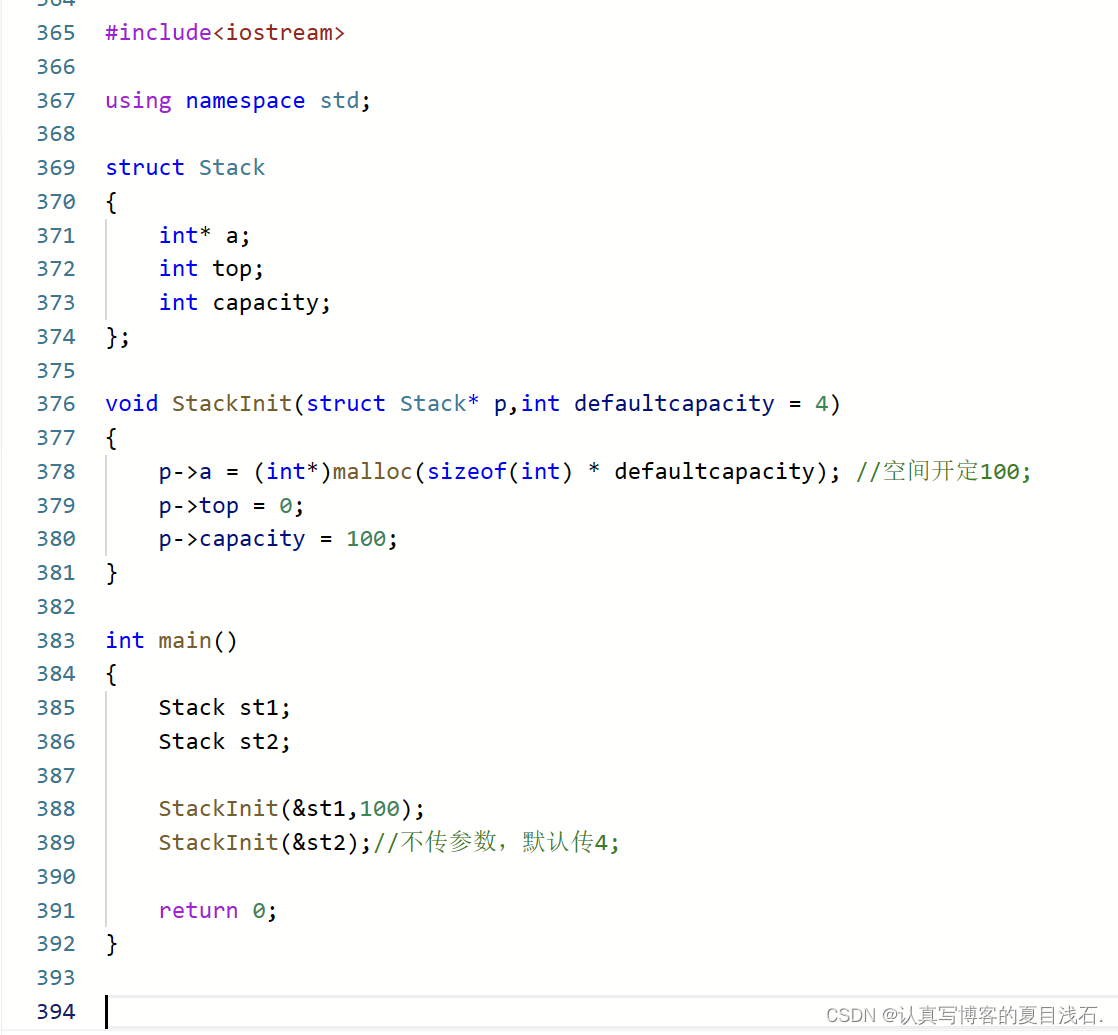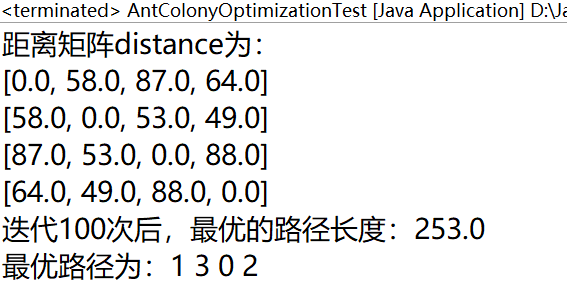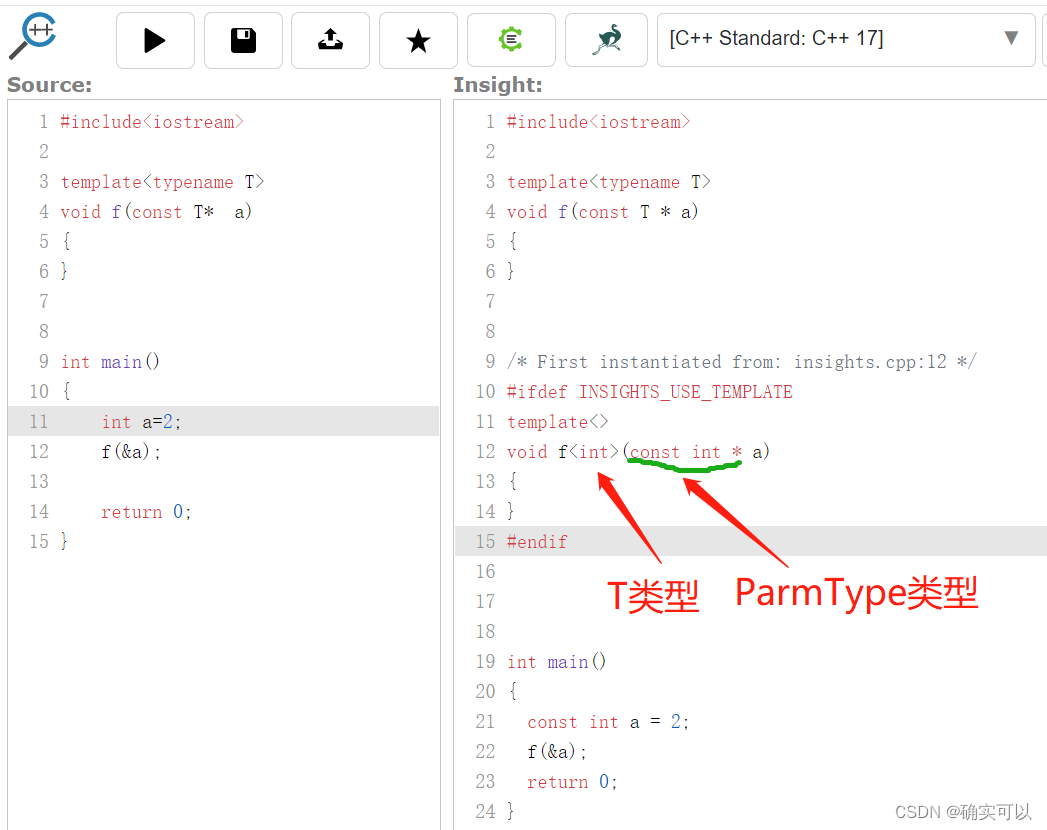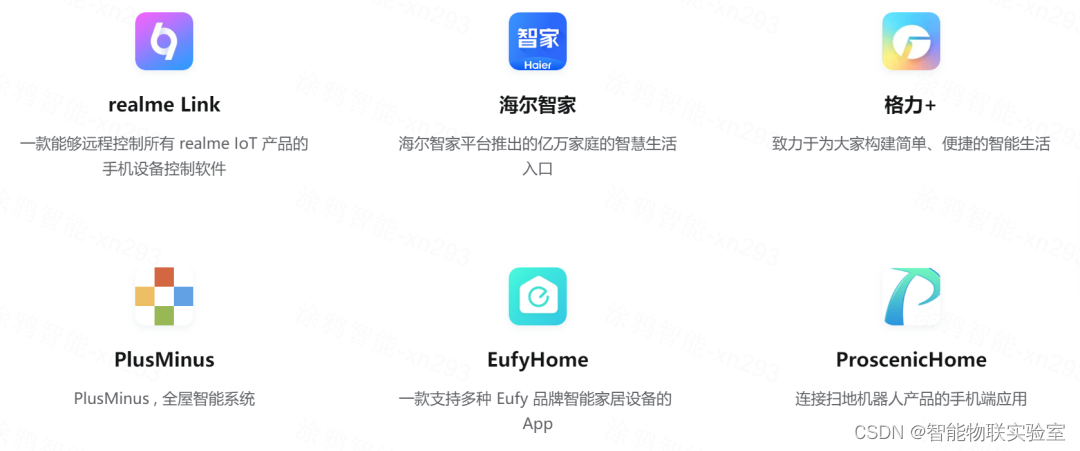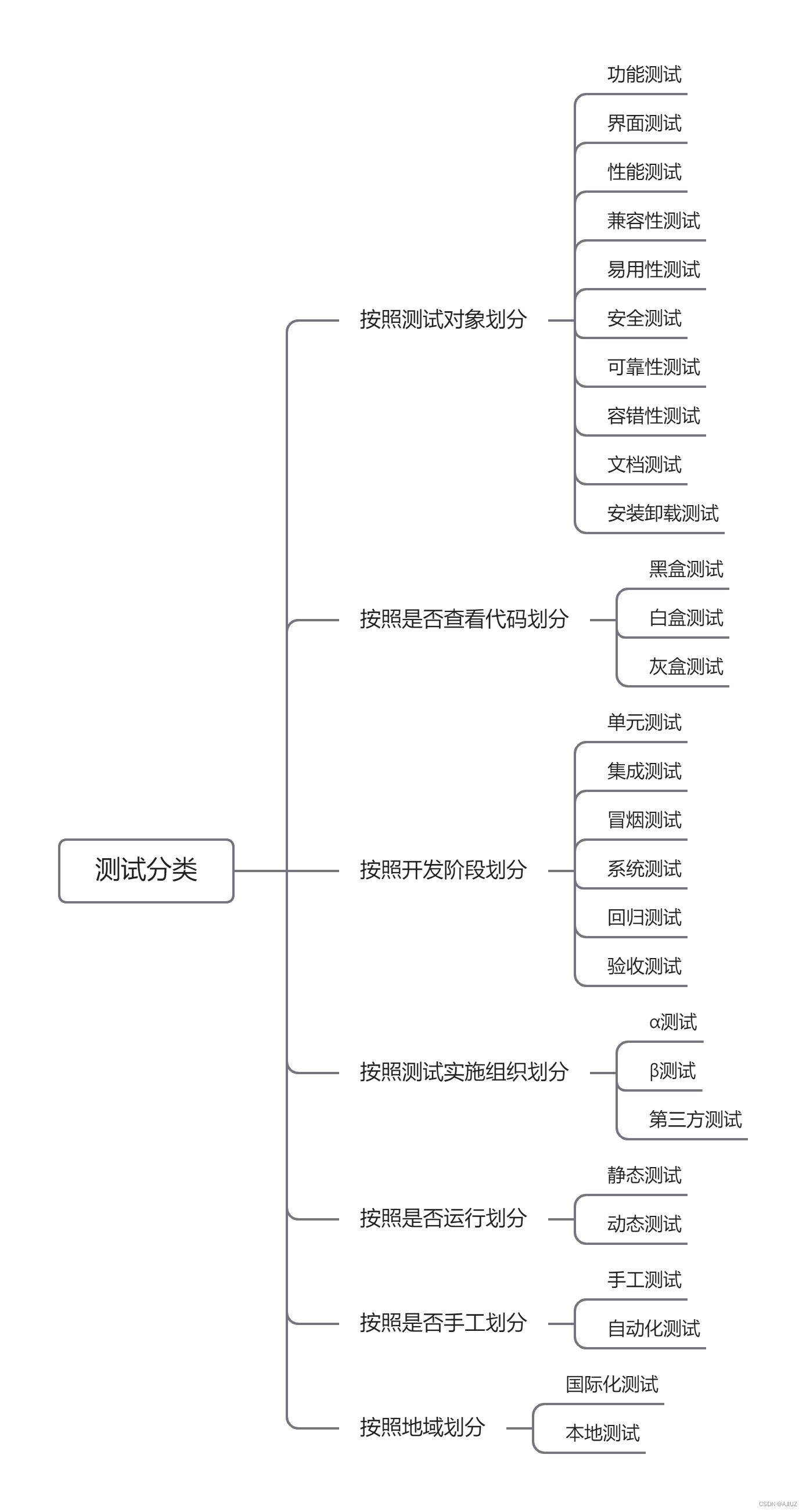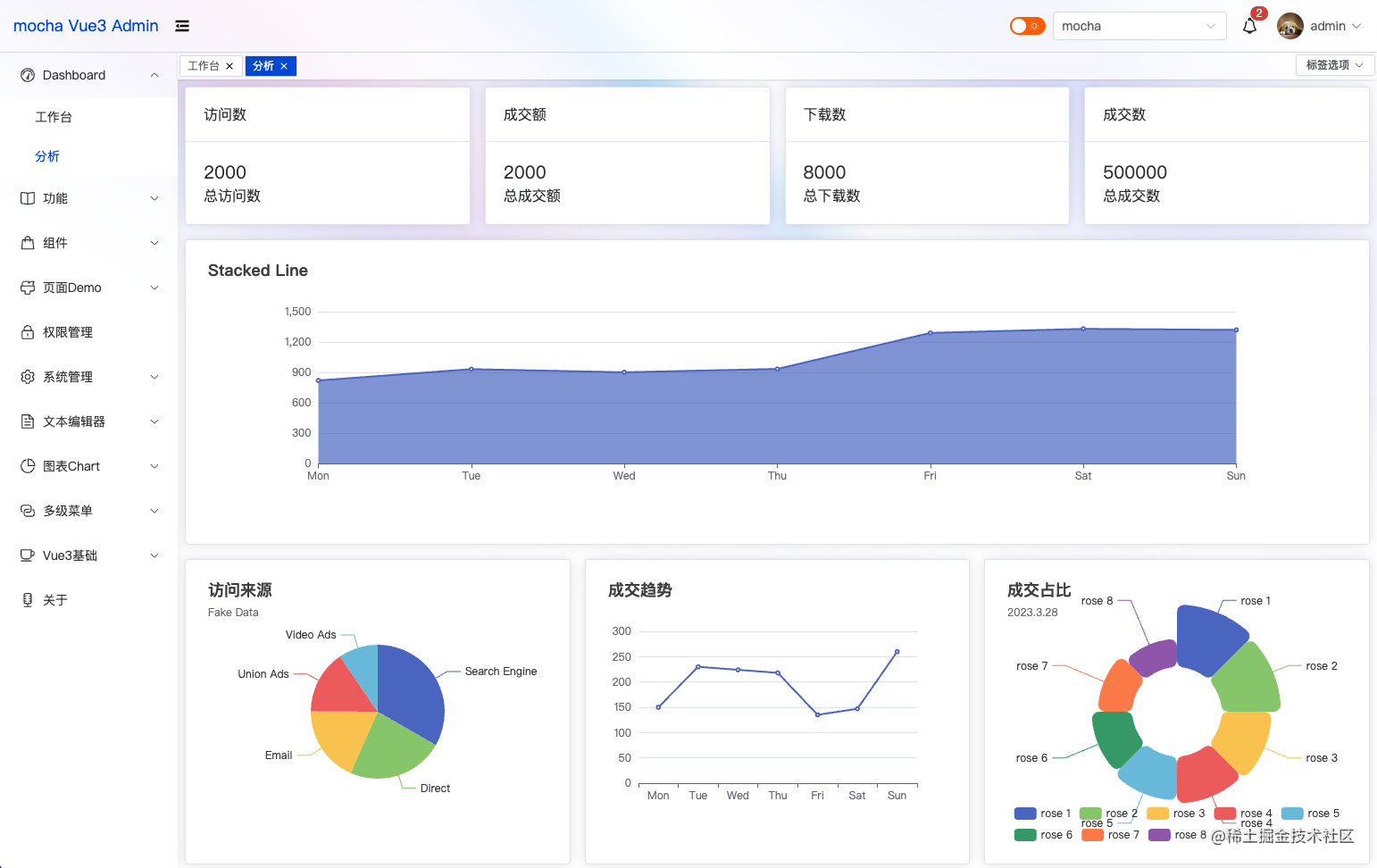该audioop模块包含对声音片段的一些有用操作。它对由8,16或32位宽的有符号整数样本组成的声音片段进行操作,并以Python字符串存储。这与al和sunaudiodev模块使用的格式相同。所有标量项都是整数,除非另有规定。
audioop.rms 即 sqrt(sum(S_i^2)/n)

这个公式的含义是,将样本的平方值求和后取平均值,再开根号。它代表了信号的均方根,可以用来衡量信号的能量或平均幅值。
在音频处理中,RMS 常用于衡量音频片段的音量大小。计算 RMS 值需要先将音频样本转换为数字形式,然后将每个样本的值平方并求和,最后除以样本数取平方根。
audioop.rms(fragment, width) is a function from the audioop module in Python. It is used to calculate the Root Mean Square (RMS) of an audio fragment.
The fragment parameter represents a sequence of audio samples as a string or bytes-like object, and the width parameter specifies the number of bytes per audio sample. For example, if the audio is represented as 16-bit integers, then width would be 2.
The RMS value is a measure of the overall loudness or energy of the audio signal. It is calculated by taking the square root of the average of the squared values of the audio samples in the fragment.
Here's an example usage of audioop.rms():
import audioop
# Assuming the audio is 16-bit PCM, little-endian
fragment = b'\x00\x80\x00\x7f\x00\x7f\x00\x80'
width = 2
rms_value = audioop.rms(fragment, width)
print(rms_value)
In this example, the audio fragment contains four 16-bit PCM samples (-32768 to 32767). The RMS value is calculated and printed to the console.
